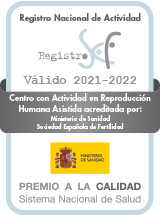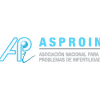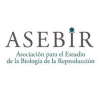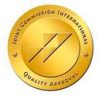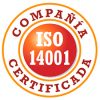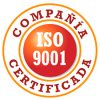Is it possible to avoid transmitting of genetic disorders and hereditary diseases? We will tell you about latest advances in genetic diagnosis and their application in assisted reproduction treatment.
Preimplantation Genetic Diagnosis (PGD) and Preimplantation Genetic Screening (PGS) are currently the only available options for not having a child with a genetic disorder or hereditary genetic disease when assisted reproduction treatment are concerned.
PGD covers the most common genetic mutations while PGS is relatively new and still a developing technique.
Preimplantation Genetic Diagnosis (PGD)
PGD is used to identify a series of genetic anomalies in embryos developed for in vitro fertilisation.
This technique is used specifically when one or both parents suffer a genetic anomaly. PGD allows the embryo to be analysed to determine whether it shares the same genetic anomaly.
PGD: Advantages
Amniocentesis and chronic villus sampling (CVS) are prenatal tests that detect genetic anomalies. These are invasive procedures and harm the fetus. They are usually carried out between the week 10 and 16.
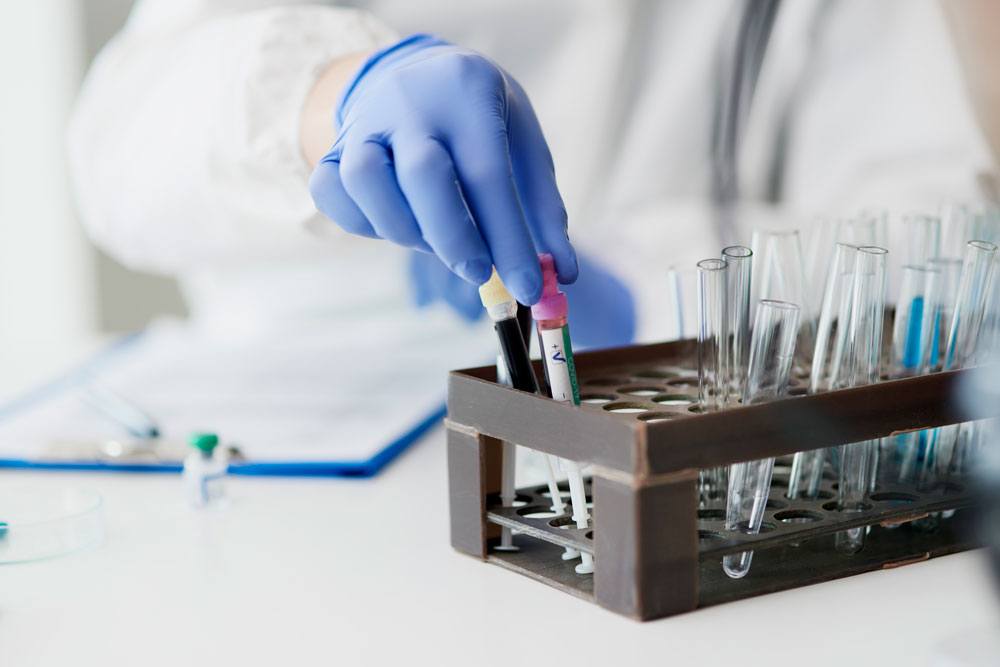
If there are signs of a genetic disorder in the fetus, the parents have to make a difficult and traumatic decision: either to end the pregnancy or to have a child with a genetic disorder.
The advantage of PGD is that the embryo is tested before the pregnancy so that such a traumatic situation is avoided. This technique allows parents who are carriers of genetic disorders to have healthy children.
PGD: Procedure
The ultimate objective of PGD is selection of embryos free of genetic features associated with disease, in order to avoid it being transferred to your child.
The PGD process starts with the application of one cycle of sperm injection in order to provide an adequate number of embryos with sufficient quality for genetic analysis. On the third day of development, a procedure is undertaken to extract one or two cells from each embryo.
Depending on the type of transmissible genetic disorder to be avoided, the most convenient technique of genetic diagnosis is determined.
Basically, there are three techniques for detecting genetic anomalies:
Fluorescent in situ hybridisation (FISH)
It is a fast and effective technique to analyse the number and the structure of the chromosomes. Alterations that could be detected only by much more complex techniques in the past can be diagnosed with the help of FISH methods that have been being developed recently.
The FISH techniques are also used to prevent transmission of sex-linked disorders, which are not directly identifiable in the embryo as no other effective or reliable methods exist.
The typical example is hemophilia, which is caused by a gen alteration. Women can transmit this gen but they do not usually suffer from the disorder. Sex selection through preimplantation genetic diagnosis has been used to prevent transmission of hemophilia.
Polymerase Chain Reaction (PCR)
PCR is a diagnostic procedure that aims to identify alterations present in the DNA of the stem cells, which would suggest the presence of disease. A specific procedure exists to diagnose every detectable alteration.
Array CGH
The Array CGH technique can currently show results in 24 hours about any anomaly of almost all known genes because it can perform an almost complete genomic analysis.
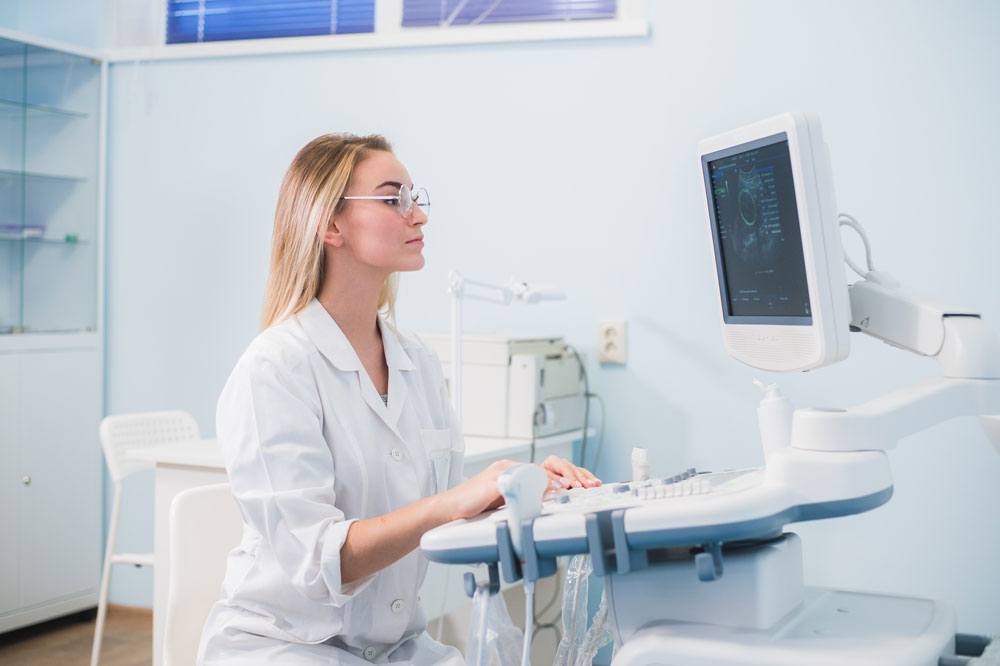
Preimplantation Genetic Screening (PGS)
PGS is a genetic analysis of embryos carried out during in vitro fertilisation to detect possible anomalies related to the number of parent’s chromosomes (aneuploidy).
PGS makes it possible to select chromosomally normal embryos from all the resulting ones, ensuring the fetus does not suffer anomalies.
Would you like to know more about genetic diagnosis techniques in assisted reproduction? Request your free appointment.
OR-Ovarian Rejuvenation
It is a revolutionary technique that involves the reactivation of stem cells and the remaining follicles in the ovary.
IA – Artificial Insemination
It is an assisted reproduction technique that will help you get pregnant easily and safely.
IVF – In vitro fertilization
It is the union of the ovum with the sperm in the laboratory, in order to obtain embryos already fertilized to transfer to the maternal uterus and achieve a pregnancy.
Egg Donation
Fertility treatment that consists of performing an In Vitro Fertilization with anonymous donor eggs. If necessary, this egg is fertilized with semen from the partner or another donor.
Genetic diagnosis
It refers specifically to the technique used in the event that one or both parents have a genetic abnormality. The embryo is analyzed to determine if it carries the same genetic abnormality.
ROPA Method
It consists of an In Vitro Fertilization treatment shared between both women, that is, one woman is the donor of the egg, while the other woman is the pregnant woman of the embryo.
Request your free appointment
Official Certificates
National Registry of the Spanish Fertility Society
